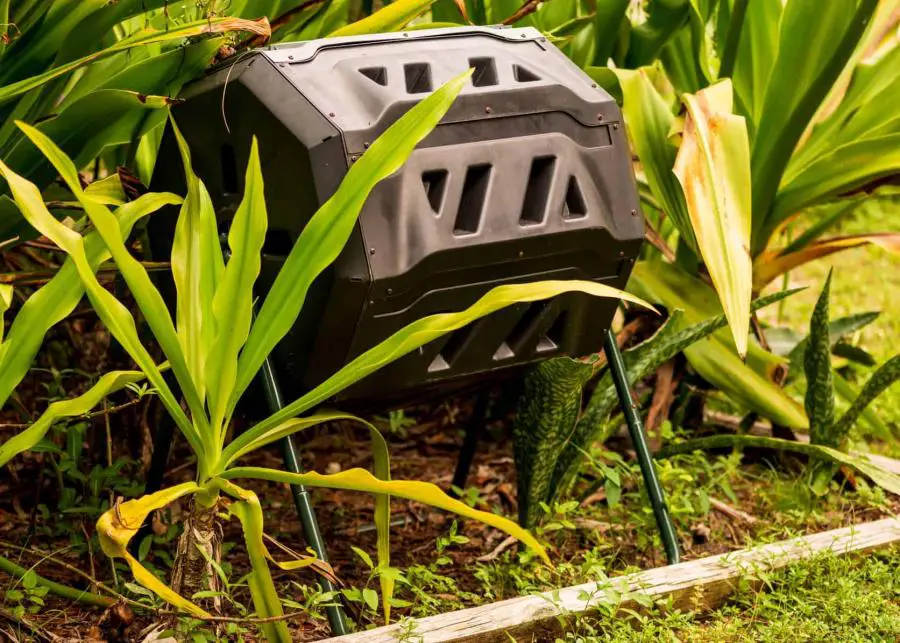How to heat up compost is a question every keen composter will ask at some point, but there are some nuances that people with compost tumblers should be aware of.
Most compost tumblers hold between 4-15 cubic feet of material. This is considerably less than the 30 cubic feet of material recommended in the Berkley method of hot composting.
However, it’s still possible to reach high temperatures if you pay close attention to the ingredients you’re putting in. When you’re working with limited volume, every component counts and should be carefully considered.
Read on for advice on what to do if your compost tumbler isn’t heating up.
Tips on heating up a compost tumbler
Here are six different reasons your compost tumbler isn’t getting hot and what to do about it.
Buy an insulated compost bin
One of the best things you can do to keep your compost tumbler hot is to buy an insulated compost tumbler. If your tumbler has thin walls, then heat can easily escape, and your compost might struggle to get hot. This is especially true in winter when the outside temperature drops.

Jora compost tumblers are made from galvanized steel and have a 2.5-inch thick polystyrene lining.
The polystyrene layer acts as insulation and traps any heat the compost generates inside the tumbler. The trapped heat works to further heat up the compost until you have a nice pile of cooking compost. Users of the Jora composter have recorded temperatures of up to 160 degrees Fahrenheit in their tumblers.
You can learn more about the Jora composter in our article on the best compost bins for cold climates.
If you don’t want to buy a new tumbler, you can try and create your own insulation. This can be as simple as covering your tumbler with tarp. Or as complicated as building a shelter around your bin.
Shred the materials
Before you put anything in your compost tumbler, make sure you’ve chopped, ground, or shredded the materials as small as possible. Shredded materials have a larger surface area, meaning they’re more available to the microbes and can be broken down faster.
The more material there is available for the bacteria to feed on, the more microbial activity there’ll be in your bin. And high levels of microbial activity are key for heating up your compost.
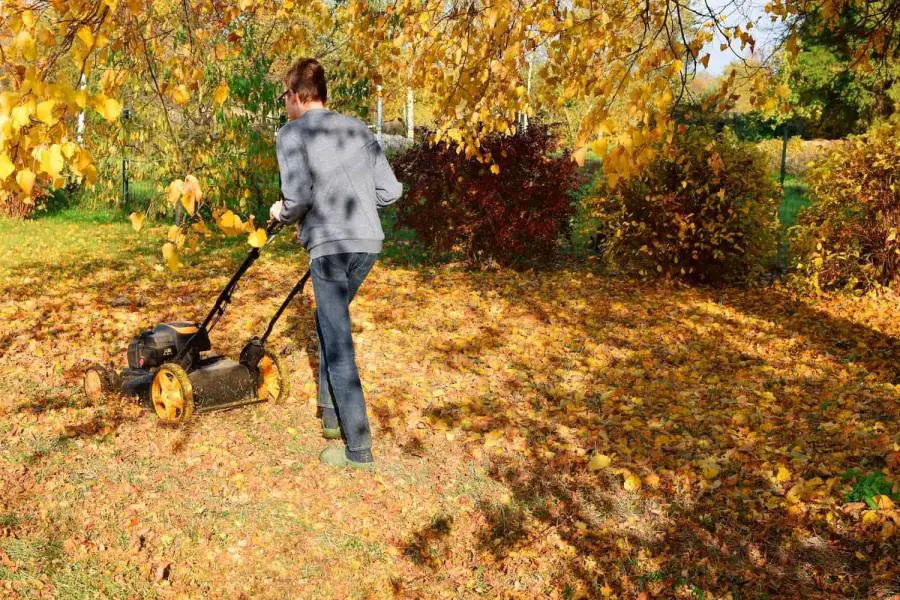
You can chip wood with a chipper shredder, shred leaves with a lawnmower (we have a whole article full of ideas on how to shred leaves for compost if you’re looking for inspiration), and for paper or cardboard, you can use a shredder.
We use the amazon basics office shredder, it’s cheap and shreds cardboard with ease.
Examine the starting mix
Optimizing the starting materials in your compost is one of the best ways to set it up for success.
Brown:green ratio
Getting the correct brown:green ratio is essential when you’re composting in a tumbler. As a general rule, for every cup of greens you put in, you should add in two cups of brown material.
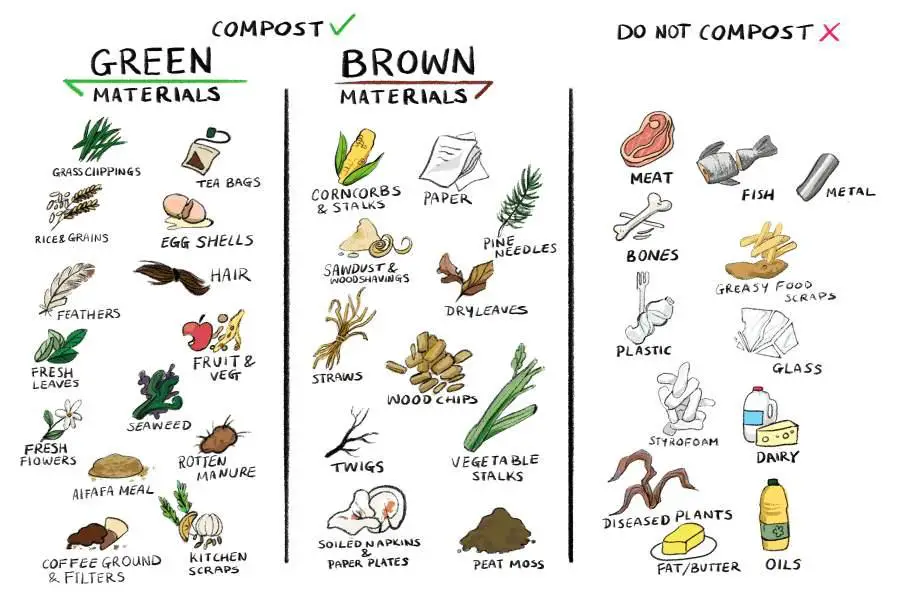
Before you close the compost tumbler for the last time and leave the mixture to heat up, check that you haven’t inadvertently gone overboard on one type of material. If you think there are too many greens, then add in some more browns and vice versa.
Moisture levels
The moisture levels in your compost bin are strongly correlated with the materials you put in. Checking how wet or dry the mixture is is an excellent way to determine if you have the right starting ratio.
The pile should be visibly wet, but not wet enough that moisture is continually leaking out.
If it’s overly wet, then you might have a few too many greens in the tumbler. Green materials are a source of nitrogen (an essential ingredient), but also tend to leak moisture. If the pile is too soggy, the compost can turn anaerobic. Any pile that lacks oxygen will not be a hot one, and will probably smell.
If the compost mixture is dry, then you might have too many brown materials in your bin. Left alone, a pile of materials high in carbon will decompose, but very slowly and at cooler temperatures.
Moisture and nitrogen are both important if you want to follow hot composting guidelines.
Watch the below video for some tips on what to do if your compost tumblers moisture levels are off.
If you think you have the correct ratio of materials, but the moisture levels are still off, then either turn the pile a few times to dry it out or add some water.
The best type of water to add is rainwater. You can use tap water, but be aware that most tap waters contain chlorine or chloramine, which may kill off any microbes in your compost.
If your water just contains chlorine, then you can leave it out in the sun for a few days, and the chlorine will evaporate. If it contains chloramine, then you’ll have to neutralize it. Adding a sliced up citrus fruit and leaving it for a few hours will do the trick.
Types of materials
Another factor that can play a part is the types of material you have in the compost tumbler. Some materials take a lot longer to break down than others. The harder the microbes have to work to break down the materials you’re trying to compost, the harder it will be to heat the pile up.
For example, not all leaves are equal. Different leaves have different levels of lignin, a component that’s difficult for bacteria to break down.
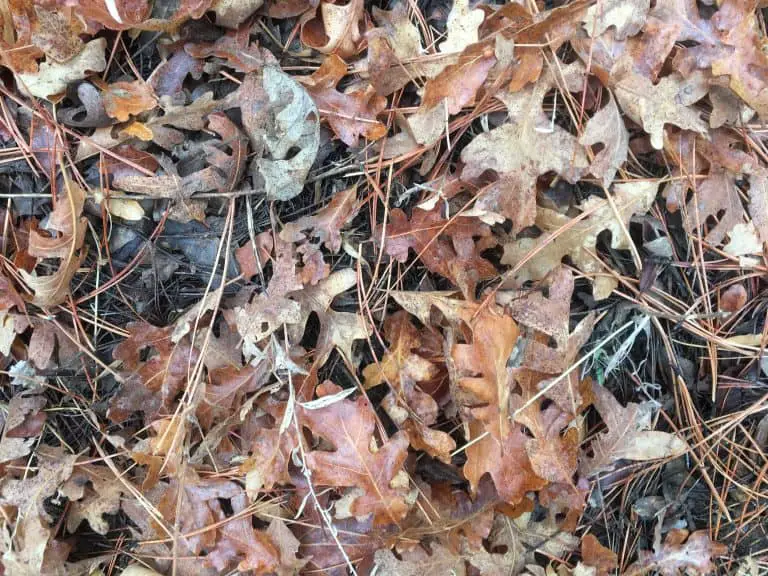
Waxy leaves like Oak leaves have high lignin levels and therefore are a lot slower to break down.
Another example is wood chips. These can take years to break down properly, but there are some ways to speed it up.
Add in a compost accelerator
Once you’ve filled the bin to capacity with a good mix of materials, the next thing to do is add a compost accelerator. Compost accelerators all have the same aim of increasing microbial activity in your compost, but each one works slightly differently.
Our favorite accelerator to use is Jobes organic compost starter because it has a good mix of minerals and has always got our pile cooking quickly.
Concentrated sources of nitrogen
Manure (chicken or cow), urea, bone meal, blood meal, kelp, and soybean meal are all examples of materials that contain high levels of nitrogen.
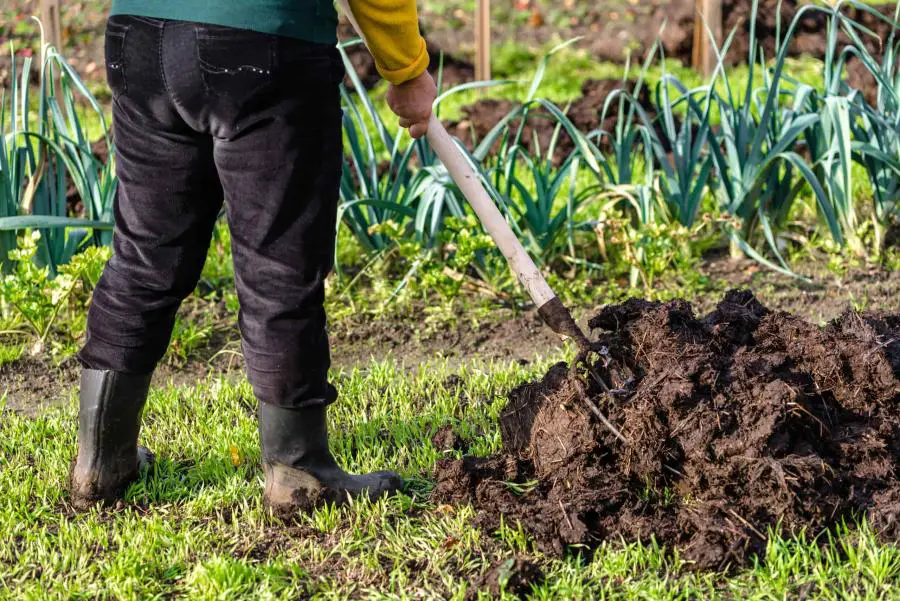
Nitrogen is a food source for the microbes, so if there’s not enough in your tumbler, it simply won’t heat up.
Adding nitrogen in a concentrated form can be helpful if you lack a good source of green materials, such as if you’re composting in an urban environment or in your apartment.
Molasses
Molasses is a popular ingredient for compost tea but you can also add it straight to your compost pile. It’s a good source of sugar and carbon, as well as trace minerals such as calcium, potassium, manganese, and iron. Microbes love to feed on sugar so will be delighted if you add some molasses.
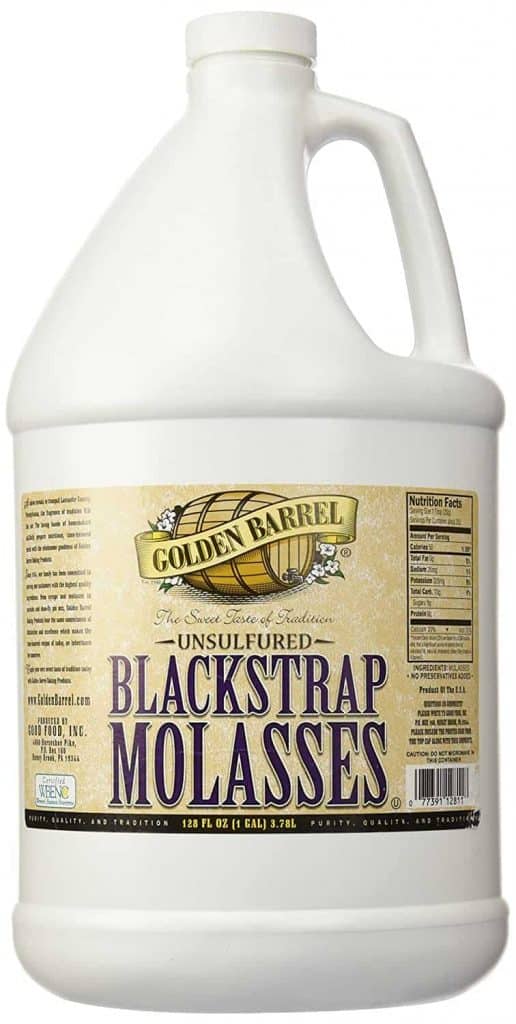
It’s best to use unsulfured molasses because they have a better nutrient profile than sulfured molasses. But if you can’t get hold of any, sulfured molasses are fine. Mix a gallon of water with a cup of molasses and add it into your compost tumbler. Be careful not to add too much moisture in one go.
Inoculants
Some examples of inoculants are finished compost, compost tea, bokashi, garden soil, and compost starter.
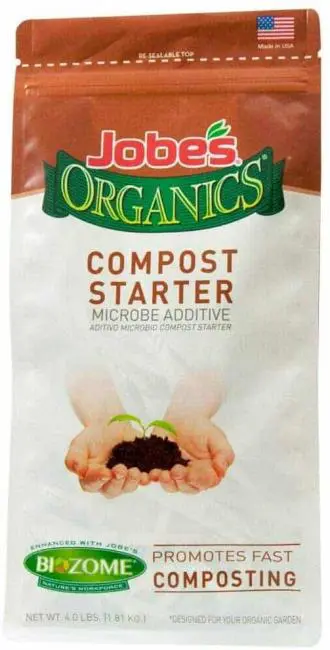
These materials already have microbes present in them so adding them to your compost will immediately increase the microbial population of your pile.
Because compost tumblers are lifted off the ground, they don’t benefit from worms bringing in microbes from the earth so inoculating the pile can be really helpful.
Turn the pile, but not too much
Turning your compost tumbler is so easy that you can quickly fall fall into the trap of turning your compost too much.
Turning your pile every so often is important to keep oxygen circulating and move the outermost material into the middle. But if you turn the pile too much, then you risk breaking up the delicate bacterial webs before they’re fully formed. This hampers the microbes’ work and dissipates heat.
If you turn the tumbler too regularly, it will never reach the temperatures it’s capable of.
A compost thermometer is an essential accessory for hot composting. They have extra long stems so you can reach the middle of the pile.
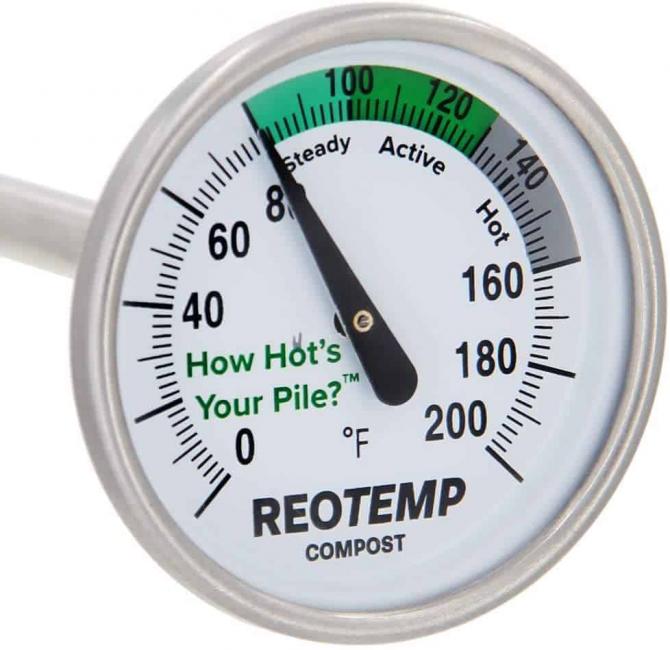
With a thermometer, you can get an accurate measurement of the temperatures inside your tumbler. Note when the compost passes peak temperature and starts to cool down. This is when you need to turn the pile. If you don’t have a thermometer, then we recommend turning it every 3-4 days while you’re hot composting.
Place your compost tumbler in the sun
The outside temperature has a lot of influence on how hot your compost gets. Hot composting in the winter is much harder than in the summer.
If you’re having trouble getting your compost tumbler to heat up, make sure it’s placed somewhere that gets a lot of sun and is out of the wind. Having an insulated bin like the one mentioned earlier will help if you can’t find a suitable place.
Summary
To recap, there are six main things to pay attention to if your compost tumbler isn’t heating up:
- Is your bin adequately insulated?
- Do you have the correct mix of materials?
- Are the moisture levels in the bin too high or too low?
- Have you added an accelerator?
- Are you turning the pile with the correct frequency?
- Have you placed the compost tumbler in the best place?
